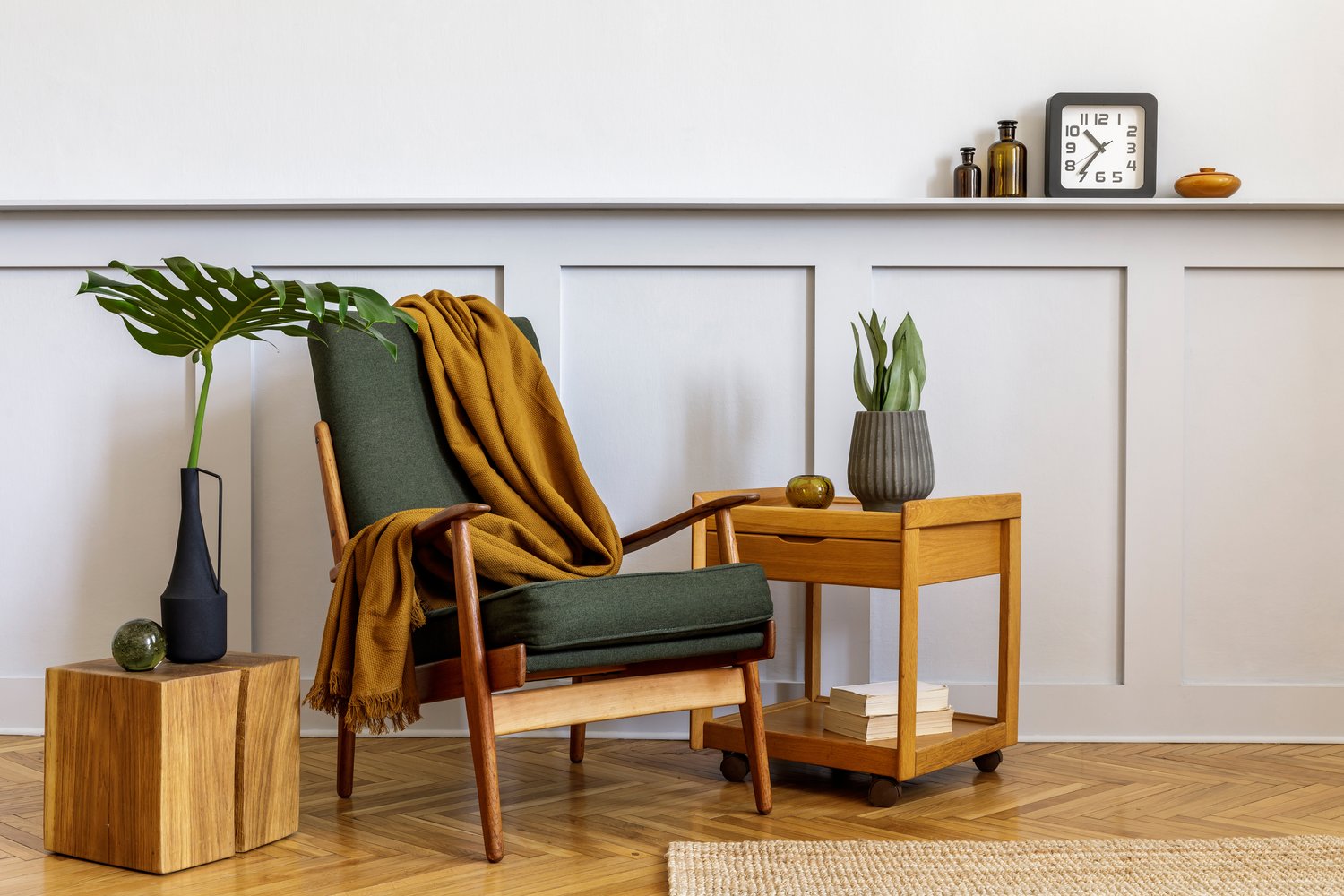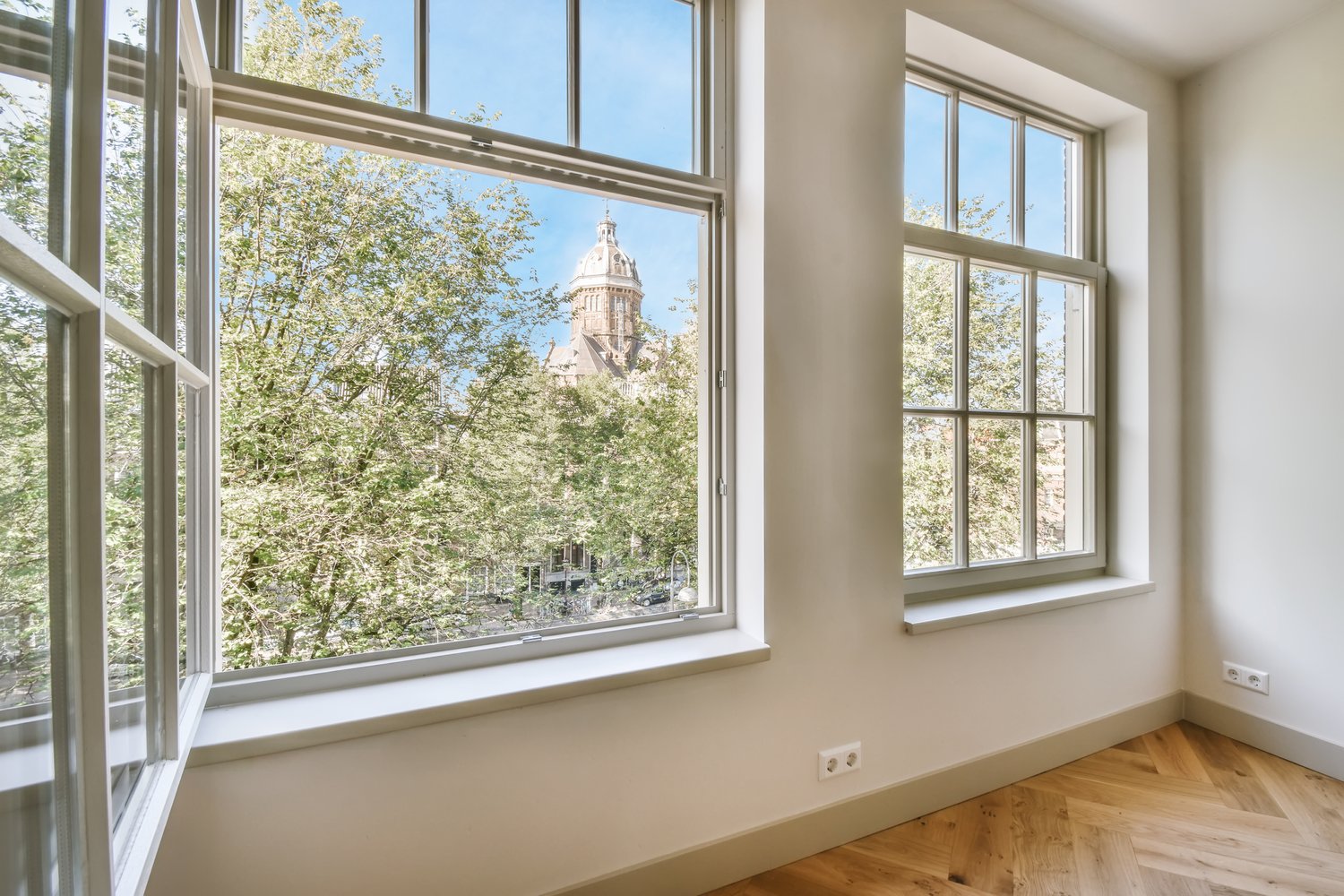Feng Shui, an ancient Chinese practice dating back thousands of years, offers practical wisdom for creating living spaces that promote wellbeing and positive energy flow. By understanding and applying these fundamental principles, you can transform your home into a balanced living space that supports health, prosperity, and peace. This guide introduces essential Feng Shui concepts that anyone can implement, regardless of home size or style, to create a more harmonious living environment that nurtures both body and spirit.
Understanding the Fundamentals of Feng Shui
At its core, Feng Shui (pronounced “fung shway”) is about creating balance between humans and their environment. The term literally translates to “wind” and “water,” representing the flow of energy or “chi” through a space. When you arrange your home for harmony according to Feng Shui principles, you’re essentially optimizing this energy flow to support your goals and wellbeing. Unlike common misconceptions, authentic Feng Shui isn’t about superstition but rather about creating practical, thoughtful spaces that feel good to inhabit.
Traditional Feng Shui works with five elements—wood, fire, earth, metal, and water—which must be balanced within your space. Each element corresponds to different aspects of life and can be represented through colors, shapes, materials, and objects. Understanding this interconnectedness helps create a positive energy interior where all elements work together rather than conflicting with each other.
The Bagua Map: Your Feng Shui Blueprint
One of the fundamental tools in Feng Shui is the Bagua map, which divides your home into nine areas, each corresponding to different life aspects like wealth, relationships, career, and health. By overlaying this map onto your floor plan, you can identify which areas of your home connect to specific parts of your life that may need attention or enhancement.
For example, the southeast area of your home relates to wealth and abundance. If you’re hoping to improve your financial situation, you might focus on this area first. The southwest corner governs relationships and marriage, while the north area influences career and life path. By understanding these connections, you can make intentional adjustments to support your specific goals and challenges.
Creating a Balanced Living Space Through Proper Placement
The placement of furniture and objects significantly impacts energy flow in your home. A primary principle in Feng Shui basics for your home involves the “command position”—placing important furniture items (especially beds and desks) so you can see the door while using them without being directly in line with it. This position provides a sense of security and control, allowing you to relax more fully.
Pathways throughout your home should flow smoothly without sharp corners or obstacles. Imagine energy as water flowing through your space—it should move gently without stagnating or rushing too quickly. Arrange furniture to create natural pathways that promote this balanced flow. As experts at AskHomey often recommend, even small adjustments to furniture placement can dramatically improve how a space feels and functions.
Decluttering: The Essential First Step
Before implementing any other Feng Shui adjustments, decluttering is absolutely essential. In Feng Shui philosophy, clutter represents stuck energy and can block positive chi from flowing through your home. When you clear physical clutter, you simultaneously clear mental and emotional clutter, creating space for new opportunities and experiences.
Focus on clearing hallways, entryways, and corners where energy tends to stagnate. Pay special attention to areas beneath beds and inside closets, as these hidden spaces still affect the overall energy of your home. Remember that Feng Shui is as much about what you don’t have in your space as what you do have—simplicity and intentionality are key to creating a harmonious environment.
Incorporating the Five Elements
To create a truly balanced home environment, incorporate all five Feng Shui elements thoughtfully. Wood elements (plants, wooden furniture) promote growth and vitality. Fire elements (candles, lighting, electronics) add passion and transformation. Earth elements (ceramics, stones, square shapes) create stability and nourishment. Metal elements (white and metallic objects, round shapes) bring clarity and precision. Water elements (mirrors, glass, flowing shapes) enhance wisdom and serenity.
The key is not simply adding these elements randomly but placing them in areas where they can support and balance each other according to the productive cycle of elements. For instance, wood elements work well in family and health areas, while water elements enhance career areas. By mindfully placing these elements throughout your home, you create a positive energy interior that feels both dynamic and balanced.
Simple Feng Shui Adjustments for Immediate Impact
Even small changes can significantly shift the energy in your home. Begin with your entry door, considered the “mouth of chi” where energy enters your home. Ensure it opens fully without squeaking and that the path to it is clear and welcoming. Add living plants to areas that feel stagnant, as they bring vital wood energy and improve air quality. Use mirrors thoughtfully to expand small spaces or reflect beautiful views, but avoid placing them directly opposite beds or doors.
Pay attention to lighting, ensuring each room has multiple light sources at different heights to create balanced illumination. Replace or repair anything broken, as these items represent broken energy in Feng Shui. These simple adjustments require minimal investment but can dramatically improve how your space feels and functions.
For more tips and to connect with reliable home service professionals, follow AskHomey on Facebook and Instagram.



